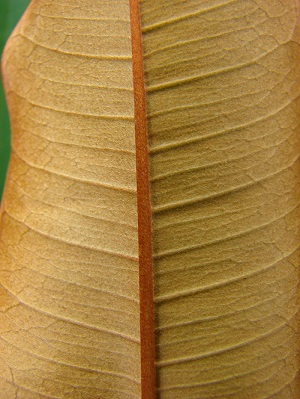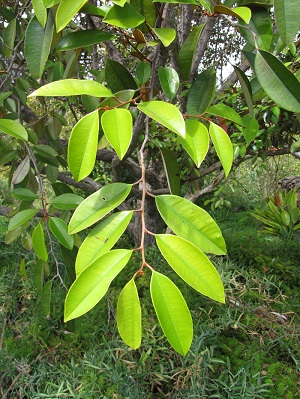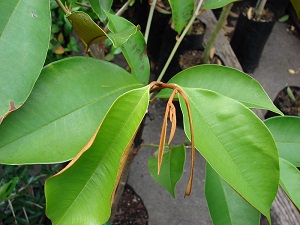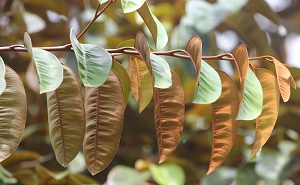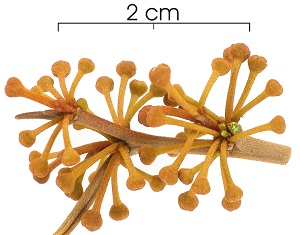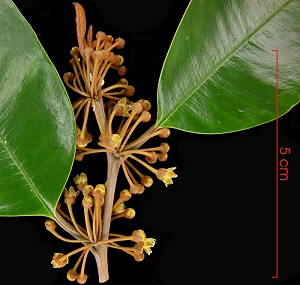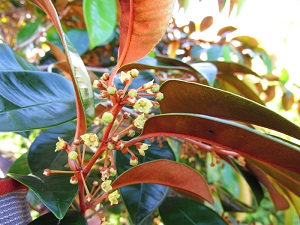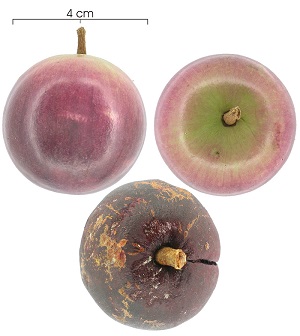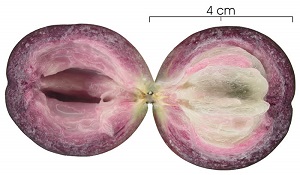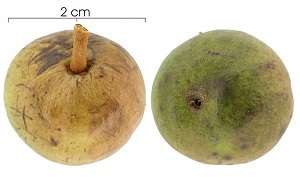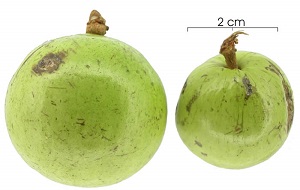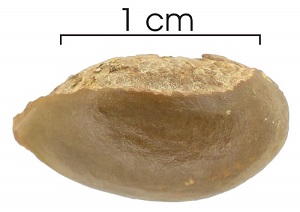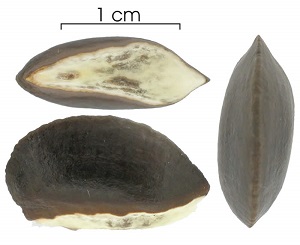| Star Apple, Caimito - Chrysophyllum cainito | |||||||||||||||||||||||||||
|---|---|---|---|---|---|---|---|---|---|---|---|---|---|---|---|---|---|---|---|---|---|---|---|---|---|---|---|
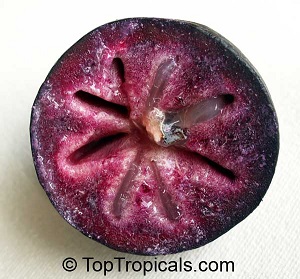 Fig. 1  Chrysophyllum cainito, purple variety 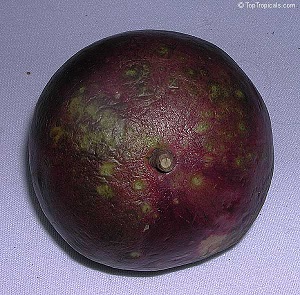 Fig. 2  Purple variety 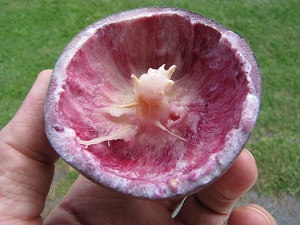 Fig. 3  C. cainito (Star apple) Fruit. Olinda, Maui, Hawai'i. 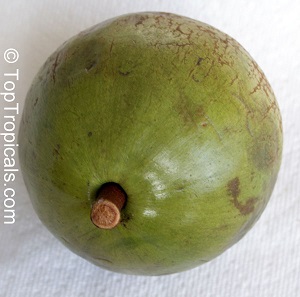 Fig. 4  Green variety 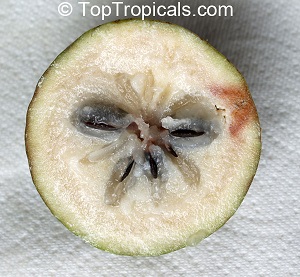 Fig. 5  Green variety 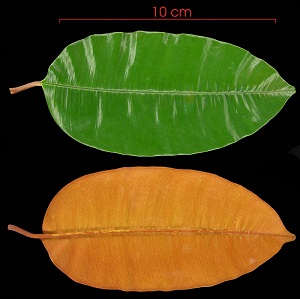 Fig. 6  C. cainito leaf 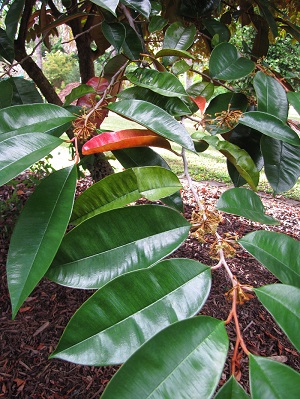 Fig. 7  C. cainito (star apple). Leaves. Pali o Waipio, Maui, Hawai'i. 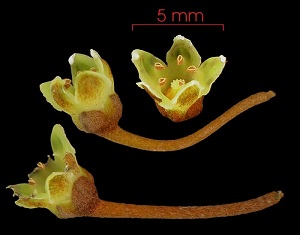 Fig. 12  Flowers 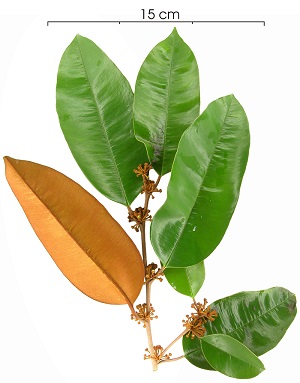 Fig. 13  Flowers, buds and leaves 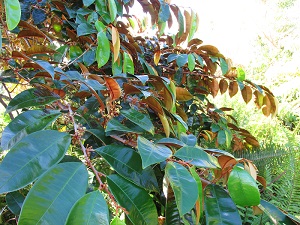 Fig. 14  Leaves, flowers. Ohialani Haiku, Maui, Hawai'i. 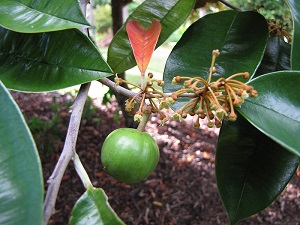 Fig. 18  Flowers leaves and immature fruit. Pali o Waipio, Maui, Hawai'i. 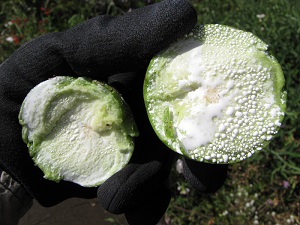 Fig. 19  Latex seeping from an immature fruit 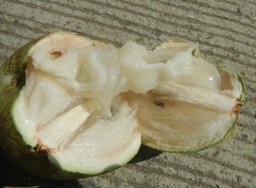 Fig. 20  Ripe green variety, Mexico, Pampanga 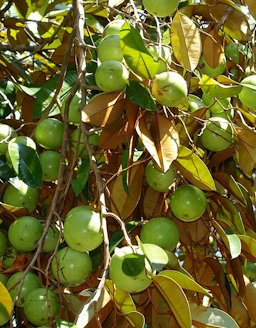 Fig. 21  Plant specimen in the Fruit and Spice Park, Homestead, Florida, USA 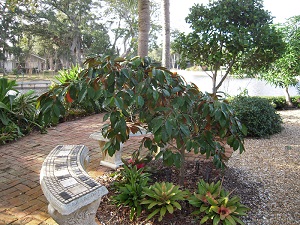 Fig. 28  Young star apple tree 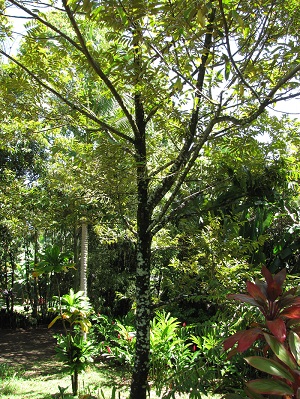 Fig. 29  Habit. Garden of Eden Keanae, Maui, Hawai'i 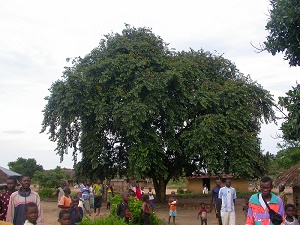 Fig. 30  C. cainito L. (Sapotaceae). Bandundu province, Congo. 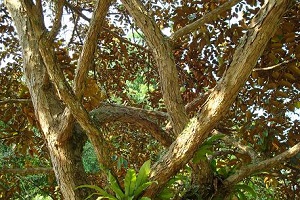 Fig. 31  Tree growth habit 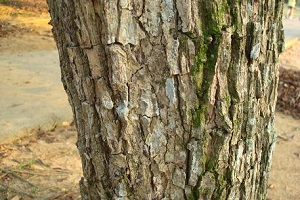 Fig. 32  Trunk 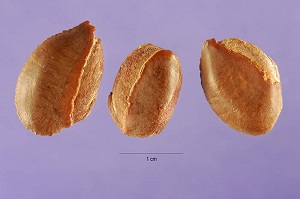 Fig. 33  Seeds 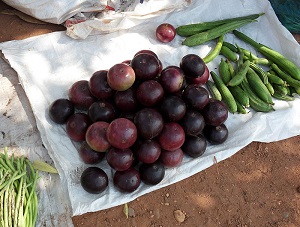 Fig. 34  Pommes de lait (fruit de C. cainito) en vente au bord d'une route près de Vientiane, au Laos |
Scientific
name Chrysophyllum cainito Common names English (golden leaf, West Indian star apple, caimito, star-apple, cainito); Burmese (hnin-thagya); Cantonese (chicle durian); Creole (bon kaymit, kaymit fèy dò, kaymit fran, kaymit jaden, gran kaymit); Filipino (kaimito); French (caïmitier à feuilles d’or, caïmitier, caïmite franche, caïmite des jardins, caimite, bon caïmite, pomme surette, grand caïmite); Indonesian (sawo kadu, sawo ijo, sawo hejo); Italian (cainito); Javanese (ijo, sawo ijo, sawo); Lao (Sino-Tibetan) (nam nom); Malay (sawu duren, hninthagya); Sinhala (chicle durian); Spanish (caimo, caimito, caimo morado, cainito, maduraverde); Thai (sata apoen); Vietnamese (c[aa]y v[us] s[uwx]a) 5 Synonyms Achras caimito Ruiz & Pavon; C. cainito L.; C. cainito var. caeruleum Jacq.; C. cainito var. jamaicense (Jacq.) Bois; C. cainito var. jamaicense Jacq.; C. cainito var. martinicense Pierre ex Duss; C. cainito var. microphyllum Jacq.; C. cainito var. pomiferum (Tussac) Pierre; C. cainito var. portoricense A.DC. 7 Relatives Mamey sapote, Pouteria sapota; sapodilla, Manilkara zapota; abiu, P. caimito, canistel, P. campechiana 6 Family Sapotaceae (sapodilla family) Origin West Indies and Central America 1 USDA hardiness zones Tropical or near near-tropical Uses Fruit; shade tree; ornamental value Height 25-100 ft (8-30.5 m) 1 Crown Round to oval canopy Plant habit Erect with a short trunk to 3 ft (1 m) thick 3 Growth rate Moderate Trunk/bark/branches Branches have a weeping growth habit Pruning requirement Annual pruning to maintain at 8-12 ft (2.4-3.7 m) 1 Leaves Evergreen; alternate; elliptic, 2-6 in. (5–15 cm); slightly leathery; shiny green on the upper surface and golden-brown on the lower surface 1 Flowers Very small; greenish-yellow to purplish-white; tubular (5-lobed corolla); 5–6 sepals; held in clusters, arising from the leaf axils 1 Fruit Round/oblate; 2-4 in. (5-10 cm); skin glossy, leathery; pulp white, soft; gelatinous; 6-11 seeds 1 Season Feb. to May Light requirement Sun Soil tolerances Grows successfully on almost all types of soil; needs good drainage pH preference 6.0-7.5 Drought tolerance Moderate Aerosol salt tolerance Poor salt tolerance Soil salt tolerance Poor salt tolerance Cold tolerance Damaged at 28-29 °F (-1.6 to -2.2 °C); killed 20s °F (-4 to -6 °C) 1 Plant spacing 25 ft (7.6 m) 1 Roots Not a problem Invasive potential * None reported Pest resistance In general, caimito trees have few insect pest problems; foliage, stems, and limbs may be attacked by red algae 1 Known hazard None Reading Material Caimito Growing in the Florida Landscape, University of Florida pdf Star Apple, Fairchild Tropical Botanic Garden Star Apple, Fruits of Warm Climates The Star-Apple, Manual of Tropical and Subtropical fruits Chrysophyllum cainito L., World Agroforestree Database Origin West Indies and Central America 1 Description The star apple its mostly appreciated as a fruit tree in home landscapes. It is a beautiful tree, making a perfect tree for landscaping in South Florida. The canopy opens forming an umbrella shape where the underside leaves shines with a golden brown color meanwhile the upper side shines with an emerald green color. 4 Leaves The tree is distinguished by its dense foliage of oval, glossy, dark green leaves with a coppery golden-coloured underside. 8
Fig. 8,10. Haitian star apple leaf. Kula Ace Hardware and Nursery, Maui, Hawai'i Fig. 11. Leaves, Enchanting Floral Gardens of Kula, Maui, Hawai'i Flowers Small, inconspicuous flowers, clustered in the leaf axils, are greenish-yellow, yellow, or purplish-white with tubular, 5-lobed corolla and 5 or 6 sepals. 3
Fig. 17. Leaves flowers, Ohialani Haiku, Maui, Hawai'i Fruit The fruit, round, oblate, ellipsoid or somewhat pear-shaped, 2 to 4 in (5-10 cm) in diameter, may be red-purple, dark-purple, or pale-green. It feels in the hand like a rubber ball. The glossy, smooth, thin, leathery skin adheres tightly to the inner rind which, in purple fruits, is dark-purple and ¼ to ½ in (6-12.5 mm) thick; in green fruits, white and 1/8 to 3/16 in.(3-5 mm) thick. Both have soft, white, milky, sweet pulp surrounding the 6 to 11 gelatinous, somewhat rubbery, seed cells in the center which, when cut through transversely, are seen to radiate from the central core like an asterisk or many-pointed star, giving the fruit its common English name. The fruit may have up to 10 flattened, nearly oval, pointed, hard seeds, ¾ in (2 cm) long, nearly ½ in (1.25 cm) wide, and up to ¼ in (6 mm) thick, but usually several of the cells are not occupied and the best fruits have as few as 3 seeds. They appear black at first, with a light area on the ventral side, but they dry to a light-brown. 3 It bears fruit year around after it reaches about seven years of age.
Fig. 25. Immature fruit Fig. 26. Seed dry Fig. 27. Seeds wet Varieties Two distinct color types exist; purple and greenish yellow peel. A few varieties of caimito are in south Florida including 'Haitian Star', a purple peel type, and 'Blanco Star', a green peel type. 1 Varieties Page Season Star apples are generally in season from late winter or early spring to early summer. 3 Harvesting Fruit do not fall when ripe and therefore must be harvested by hand when fully mature. Fruit should be clipped from the stem because pulling the fruit off by hand may damage the peel next to the fruit stem (peduncle), which may lead to fruit rot. 1 Fruit are fully mature when the skin color turns a dull color (purple or green) and is slightly wrinkled and soft. Immature fruit will be astringent and inedible due to the gummy latex found in the flesh (Fig. 6). Once mature fruit are picked, they may be allowed to fully ripen at room temperature. Once ripe, fruit may be stored in the refrigerator until consumed. 4 The fruit is quite slow to pick, as each fruit has to be examined from above to ensure it has only a very small ring of green (about as big as your thumb nail) around the stem. Any greener than this and the Star Apple would contain unacceptable levels of latex and be lacking in flavour. 8 Pollination Some seedlings and cultivars (e.g., 'Haitian Star' and 'Blanco Star') do not need cross pollination to set fruit. However, some seedlings require cross pollination in order to set fruit. 1 Propagation Star apple trees are most widely grown from seeds which retain viability for several months and germinate readily. The seedlings bear in 5 to 10 years. Vegetative propagation hastens production and should be more commonly practiced. Cuttings of mature wood root well. Air-layers can be produced in 4 to 7 months and bear early. Budded or grafted trees have been known to fruit one year after being set in the ground. In India, the star apple is sometimes inarched on star apple seedlings. 3 Seed propagation can be used to develop new cultivars. The fruits of seedlings may not match the quality of its parent and in some cases you must wait many years before a seedling bears its first fruit. 4 Grafting caimito onto satin leaf (C. oliviforme) is reported to produce slow-growing, dwarf trees. 1 Types of Propagation, Edible South Florida Culture Caimito is best adapted to hot, lowland tropical climates but will grow in warm, protected locations in south Florida. Trees exposed to air temperatures of about 40°F (4°C) accompanied by strong winds may defoliate. Young trees have limited cold tolerance and are damaged or killed at 31 to 32°F (-0.6 to 0°C). On mature trees, leaf and twig damage may occur at 28 to 29°F (-1.6 to -2.2°C), and large branches and trunk damage may occur at 26°F (-3.3°C). Mature trees may be killed when exposed to temperatures in the low 20s°F (-4 to -6°C). 1 Pruning Young caimito trees should be trained to form 3 to 5 main scaffold limbs during the first 2 to 3 years after planting. Mature trees should be maintained at 8 to 12 ft (2.4-3.7 m) by annual selective removal of poorly placed and upright limbs. 1 In the first years the branches should be tipped to encourage the formation of a bushy canopy. A canopy with many branches will bloom earlier than a canopy without pruning. Annual pruning of trees at a manageable height and provide ready access to the fruit. 4 Cultural Calendar for Mature Caimito Trees, University of Florida Star Apple Culture, Archives of the Rare Fruit Council of Australia Fertilizer Program, University of Florida Caimito trees are susceptible to iron deficiency under alkaline and high-pH soil conditions. Iron deficiency can be prevented or corrected by periodic soil applications of iron chelate formulated for alkaline and high soil pH conditions. 1 Pests In general, caimito trees have few insect pest problems. However, trees should be inspected regularly and treated for insect problems when they occur. 1 Diseases The foliage, stems, and limbs may be attacked by red algae (Cephaleuros virescens), causing stem and limb dieback. Leaves may also be attacked by various fungi (Phomopsis sp. and Phyllosticta sp.). Fruit may also be attacked, causing it to dry-rot (mummify) and be held on the tree. Please contact your local county cooperative extension agent for current control recommendations. 1 Food Uses The fruits are delicious as a fresh dessert fruit. The ripe fruit, preferably chilled, may be merely cut in half and the flesh spooned out, leaving the seed cells and core. The sweet fruits are eaten raw and in desserts and salads. They are also boiled and made into preserves. An interesting drink called "matrimony" is prepared by scooping out the inside pulp of a star apple and adding it to a glass of sour orange juice. 4 The peel and rind of ripe caimito are inedible. Cutting the fruit transversely and then gently separating the two halves is an easy way to open the fruit. 1 Medicinal Properties ** The fruit of the pulp is used to sooth inflammation in laryngitis and pneumonia. It is given as a treatment for diabetes mellitus, and as a decoction is gargled to relieve angina. In Venezuela, the slightly unripe fruits are eaten to overcome intestinal disturbances. In excess, they cause constipation. Tea from the leaves is used to treat chest and lung congestion. The bark is extremely bitter and is drunk as a tonic and stimulant, and is taken to halt diarrhea, dysentery and hemorrhages, and as a treatment for gonorrhea. The crushed seeds are eaten as a tonic, diuretic and to bring down fever. In Brazil, the latex of the tree is applied on wounds and, when dried and powdered, is given to cure worms. 3 Other Uses The latex obtained by making incisions in the bark coagulates readily and has been utilized as an adulterant of gutta percha. It was formerly proposed as a substitute for wax on the shelves of wardrobes and closets. 3 General The Nobel Prize-winning poet Derek Walcott immortalizes the fruit as a symbol of the Caribbean itself in his 1979 collection, The Star-Apple Kingdom. 2 A closely related species, the Satin-leaf Fruit (Chrysophyllum oliviforme), is grown for its fruit and as an ornamental. The small fruit is oblong in outline and has an objectionable rubbery skin. The purplish pulp, however, has a good flavor and can be used to make an excellent jelly. Satinleaf, Olive Plum, Eat The Weeds Further Reading Caimito, Tropical Fruit News, RFCI The Star Apple, Archives of the Rare Fruit Council of Australia The Big Pine Caimito, Tropical Fruit News, RFCI Star Apple Botanical Art List of Growers and Vendors |
||||||||||||||||||||||||||
| Bibliography 1 Crane, Jonathan H., and Carlos F. Balerdi. "Caimito (Star Apple) Growing in the Florida Home Landscape." Horticultural Sciences Dept., UF/IFAS Extension, HS1069, Original pub. Jan. 2006, Revised Jan. 2009 and Nov. 2016, Reviewed Dec. 2019, EDIS, edis.ifas.ufl.edu/hs309. Accessed 12 Apr. 2017, 15 Apr. 2020. 2 "Chrysophyllum cainito." Wikipedia, en.wikipedia.org. Accessed 24 Dec. 2014. 3 Fruits of Warm Climates. Julia F. Morton, Miami, 1987. 4 Ledesma, Noris. "The star apple (Chrysophyllum cainito)." Fairchild Tropical Botanic Garden, Miami Herald, 18 Apr. 2012, fairchildgarden.org. Accessed 17 Dec. 2014. 5 Orwa C. et al. "Chrysophyllum cainito L." Agroforestree Database: a tree reference and selection guide version 4.0, 2009, worldagroforestry.org. Accessed 12 Apr. 2017. 6 Boning, Charles R. Florida's Best Fruiting Plants- Native and Exotic Trees, Shrubs, and Vines. Sarasota, Pineapple Press, 2006. 7 "Chrysophyllum cainito, synonyms." The Plant List (2013), Version 1.1, theplantlist.org. Accessed 20 Apr. 2017. 8 Wheatley, Mark. "Star Apple Culture." Archives of the Rare Fruit Council of Australia, May 1989, rfcarchives.org.au. Accessed 23 Dec. 2014. Photographs Fig. 1,2,4,5 "Chrysophyllum cainito, Achras caimito". Top Tropicals, toptropicals.com. Accessed 24 Dec. 2014. Fig. 3 Starr, Forest, and Kim. "Chrysophyllum cainito (Star apple) Fruit. Olinda, Maui." Starr Environmental, 2011, (CC BY 4.0), starrenvironment.com. Accessed 24 Dec. 2014. Fig. 6,12,15,16,22,23,24,25,26,27 "Chrysophyllum cainito." Environmental Sciences Program, Smithsonian Tropical Research Institute, 2004, biogeodb.stri.si.edu. Accessed 25 Dec. 2014. Fig. 7 Starr, Forest, and Kim. "Chrysophyllum cainito (Star apple). Leaves. Pali o Waipio, Maui, Hawai'i." Starr Environmental, 2012, (CC BY 4.0), starrenvironment.com. Accessed 11 Apr. 2017. Fig. 8,10 Starr, Forest and Kim. "Chrysophyllum cainito (Star apple). Haitian star apple leaf. Kula Ace Hardware and Nursery, Maui, Hawai'i." Starr Environmental, 2007, (CC BY 4.0), starrenvironment.com. Accessed 11 Apr. 2017. Fig. 9 Starr, Forest, and Kim. "Chrysophyllum cainito (Star apple). Leaves. Enchanting Floral Gardens of Kula, Maui, Hawai'i." Starr Environmental, 2010, (CC BY 4.0), starrenvironment.com. Accessed 11 Apr. 2017. Fig. 11 Cerlin Ng. "Chrysophyllum cainito." Flickr, 2014, (CC BY-NC-SA 2.0), flickr.com. Accessed 12 Apr. 2017. Fig. 17 Starr, Forest, and Kim. "Chrysophyllum cainito (Star apple). Leaves, flowers. Ohialani Haiku, Maui, Hawai'i." Starr Environmental, 2016, (CC BY 4.0), starrenvironment.com. Accessed 11 Apr. 2017. Fig. 18 Starr, Forest, and Kim. "Chrysophyllum cainito (Star apple). Flowers, leaves and immature fruit. Pali o Waipio, Maui, Hawai'i." Starr Environmental, 2017, (CC BY 4.0), starrenvironment.com. Accessed 11 Apr. 2017. Fig. 19 Starr, Forest, and Kim. "Chrysophyllum cainito (Star apple). Fruit and pulp. (Latex seeping from an immature fruit). Enchanting Floral Gardens of Kula, Maui, Hawai'i." Starr Environmental, 2012, (CC BY 4.0), starrenvironment.com. Accessed 12 Apr. 2017. Fig. 20 Judgefloro. Wikimedia Commons, 24 Jan. 2019, (CC0 1.0), commons.wikimedia.org/wiki/File:9235San_Roque_Santa_Maria_Mexico,_Pampanga_39.jpg. Accessed 3 Mar. 2021. Fig. 21 Daderot. "Plant specimen in the Fruit and Spice Park, Homestead, Florida, USA." Wikimedia Commons, 17 Mar. 2017, (CC0 1.0), commons.wikimedia.org/wiki/File:Chrysophyllum_cainito_-_Fruit_and_Spice_Park_-_Homestead,_Florida_-_DSC09136.jpg. Accessed 3 Mar. 2021. Fig. 28 Robitaille, Liette. "Star Apple Series". 2014, www.growables.org. Fig. 29 Starr, Forest, and Kim. "Chrysophyllum cainito (Star apple). Habit. Garden of Eden Keanae, Maui." Starr Environmental, 2011, (CC BY 4.0), starrenvironment.com. Accessed 24 Dec. 2014. Fig. 30 Scamperdale. "Chrysophyllum cainito L. (Sapotaceae). Bandundu province, Congo." Flickr, 2007, (CC BY-NC-SA 2.0), flickr.com. Accessed 12 Apr. 2017. Fig. 31,32 Kwan. "Chrysophyllum cainito." Plant Observatory, 2008, natureloveyou.sg. Accessed 24 Dec. 2014. Fig. 33 Hurst, Steve. "Chrysophyllum cainito L. Star apple." USDA, NRCS, National Plant Data Team, Greensboro, NC 27401-4901 USA, 2013, The PLANTS Database, 2014, plants.usda.gov. Accessed 24 Dec. 2014. Fig. 34 Chaoborus. "Pommes de lait (fruit de Chrysophyllum cainito) en vente au bord d'une route près de Vientiane, au Laos." Wikimedia Commons, 2010, (CC BY-SA 3.0), GFDL, commons.wikimedia.org. Accessed 12 Apr. 2017. * UF/IFAS Assessment of Non-native Plants in Florida's Natural Areas ** Information provided is not intended to be used as a guide for treatment of medical conditions. Published 23 Dec. 2014 LR. Last update 3 Mar. 2021 LR |
|||||||||||||||||||||||||||
